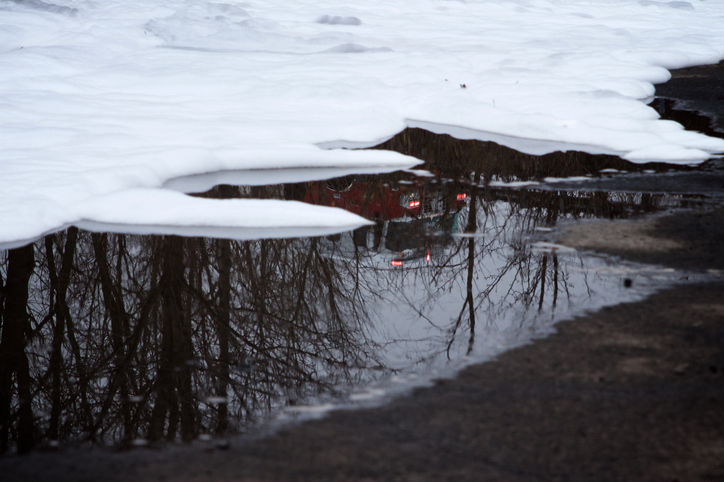Public Water Supply Confirmed Safe Following Firefighting Foam Spill in Maine
Editors carefully fact-check all Consumer Notice, LLC content for accuracy and quality.
Consumer Notice, LLC has a stringent fact-checking process. It starts with our strict sourcing guidelines.
We only gather information from credible sources. This includes peer-reviewed medical journals, reputable media outlets, government reports, court records and interviews with qualified experts.

Authorities confirmed that the public water supply to Brunswick Landing is safe to drink following a massive firefighting foam spill at the Brunswick Executive Airport, according to the Maine Department of Environmental Protection (DEP).
The spill saw the release of 1,450 gallons of aqueous film-forming foam (AFFF). According to the Maine Morning Star, the foam was spilling out of the hangar where the incident occurred and into the parking lot, where the wind continued to spread it further.
There have been numerous AFFF lawsuits filed over claims that exposure to the toxic chemicals within firefighting foam is linked to cancer and other serious health conditions.
Despite the seriousness of the discharge, the Maine DEP does not believe nearby wells will be impacted.
The Maine Center for Disease Control on Friday also issued new advisories recommending no consumption or limited consumption of fish from several bodies of water on or around the airport. However, those advisories were based on PFAS testing that predated the spill. The area, which was formerly the Brunswick Naval Air Station, has been monitored for forever chemicals since the ‘80s.
AFFF Spill Released 1,450 Gallons After Fire Suppression Discharge
The spill took place early in the morning of Aug. 19, after a fire suppression system malfunctioned and discharged the foam in a hangar. According to the Associated Press, a firefighter had to wade through the discharged foam in order to manually shut off the cannons.
Initial reports estimated the spill to be around 1,600 gallons, but the Main DEP said on Monday that it was 1,450 gallons. The cleaning process is well underway, with contracted crews working in the affected areas.
“The impacted hangar has been cleaned and all discharged foam from the hangar has been removed,” the Maine DEP said in its update. “The impacted planes were cleaned and removed from the hangar. The planes will undergo another round of cleaning inside the hangar.”
In the long term, cleanup may revolve around the foam that spilled into nearby retention ponds.
Surface water samples of those ponds revealed that PFOS was the main compound detected. The Environmental Protection Agency designated PFOS as a hazardous substance earlier this year.
The Maine DEP warned that weather and rain may agitate the contaminated water and increase foam production in the retention ponds. It is unclear how long that foam will be present.
According to the Associated Press, the cause of the fire suppression system discharge is still under investigation.
PFAS Exposure Has Been a Concern at Brunswick Site for Decades
The spill occurred at the Brunswick Executive Airport, which is on the site of the former Brunswick Naval Air Station. That base closed in 2011 but has been a point of attention for the EPA since the 1980s in part due to the presence of PFAS from firefighting foams.
According to the EPA, the Navy has spent over $100 million investigating and cleaning the site. Much of the concern around PFAS regards their reputation as “forever chemicals” that are extremely difficult to destroy and the health concerns tied to exposure.
Studies have linked PFAS to serious health conditions such as breast cancer, kidney cancer and testicular cancer.
Firefighters and other first responders have filed lawsuits over exposure to PFAS in firefighting foam.
Editor Lindsay Donaldson contributed to this article.